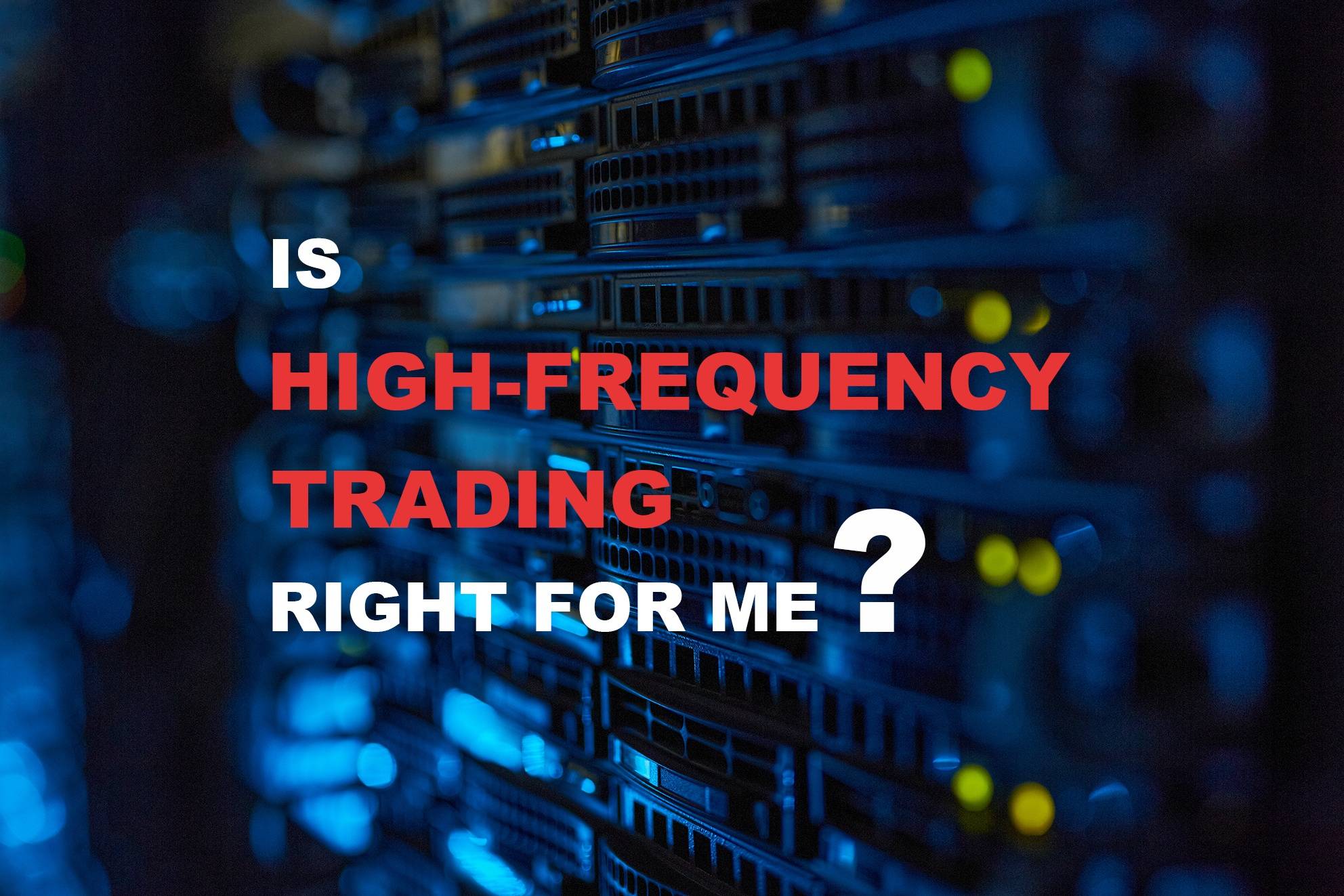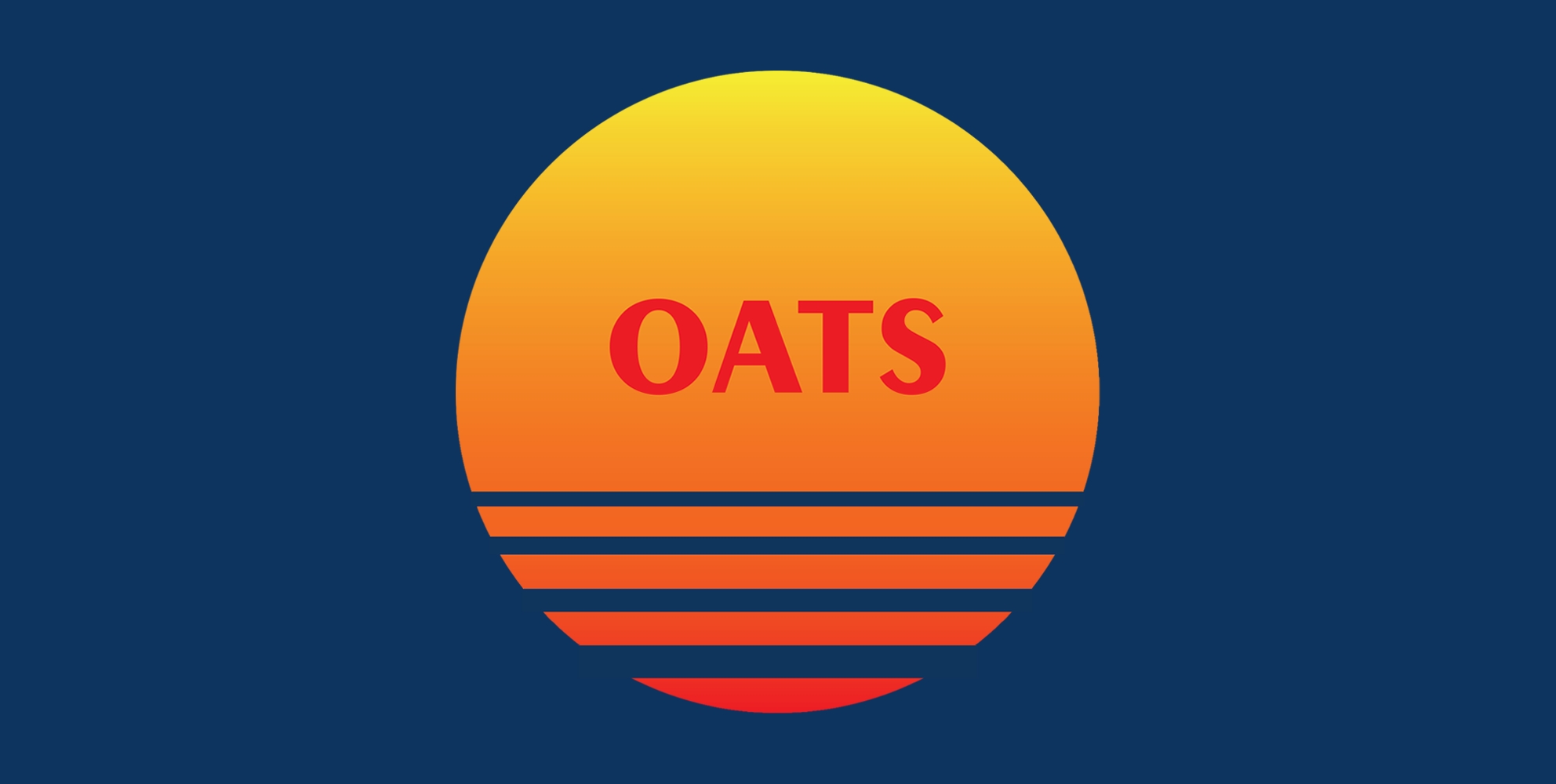Over the past decade, market structures have changed so dramatically as to be almost unrecognizable. A steady stream of new regulations designed to increase transparency and minimize the risks presented by rogue traders has left its mark, carving ever deeper valleys into self-regulated markets. MiFID II is just the latest in series of far-reaching reforms that are setting the tone for the future. Put simply, it seems that markets should brace themselves for more regulations over the coming years and not less.
As a consequence, a variety of new problems have arisen for traders, and among the most significant of these is a sharp decline in liquidity. A 2015 report from PwC concludes that “clear evidence of a reduction in financial markets liquidity” is creating a landscape where “even relatively more liquid markets are experiencing declining depth”. These shallow markets make it difficult to trust firm prices and traders need to be increasingly strategic, ensuring market vigilance and price discovery are pushed firmly to the forefront of any trade.
On the sell side, for instance, it has become costly to hold inventory, making firms cautious on positions and leading to a severe reduction in leverage. The buy side, however, has seen its market share grow significantly over the past few years. What this means, for both sides, is that traders must actively search out other parties interested in the specific exchange-traded product in order to proceed with any transaction. This supply/demand imbalance can lead to higher transaction costs, reduce immediacy of execution, and affect the ability to execute large transactions with limited price impact.
ETFs and RFQs
Since 2001, exchange-traded funds have grown enormously, and the promise of low costs, tax efficiency, and stock-like features have helped fuel their popularity. However, the lit market is not the primary source of liquidity for these products since, in effect, they can be created and redeemed on demand. This means that, while ETFs are theoretically highly liquid, sourcing this liquidity can be an issue.
To solve this problem and balance liquidity across the market, RFQ (Request for Quotes) protocols are gaining ground. RFQ platforms allow buyers and sellers to request quotes from multiple liquidity providers with the aim of shifting a position in one go. Here, immediacy of execution is a real issue, and traders may see prices fluctuate if the value of the trade is several times higher than the available liquidity. RFQs go some way to benefiting less liquid ETFs and help institutional investors deliver best execution to clients.
Innovations in Electronic Trading Platforms
The current fragmentation of the markets is also proving the perfect environment for innovation. Electronic trading platforms are now sophisticated and powerful enough to offer traders of all types of information and connectivity that simply was not available a decade ago. Increased operational efficiencies and greater transparency are following, and in theory at least, so should greater liquidity.
Dark pool trading networks such as Liquidnet, Luminex, Posit (ITG), BlockCross and BIDs allow traders to go out to hidden markets and find liquidity with ease. While lacking in transparency, they offer institutional investors a better chance of selling full share blocks to large, pre-approved investors.
Indication of Interest messages are also being used to source liquidity, where non-binding expressions of “interest” come in from brokers. Clients can then review these messages and match them to open orders. Today, firms can electronically communicate or advertise interest through electronic trading platforms. In most cases, this is done through dedicated trading platforms that connect with the relevant marketplace.
Conclusion
While it seems probable that sourcing liquidity will remain a challenge over the coming years, steps are being taken to lessen the impact this may have on the market. Whether the growth of ETF RFQs brings about another sea change or traders look elsewhere for liquidity, as regulations increase and the market evolves, staying one step ahead of the competition is crucial.
Here at InfoReach, our independent execution and order management software puts you in control and provides the information and connectivity required for evolving markets. Our comprehensive, broker-neutral trading solutions cover both the buy side and sell side, with support for IOIs, dark pools, ETF RFQs and much more. Learn about our products here and discover high-performance technology combined with dedicated support designed to ensure traders always have access to the right tools.





